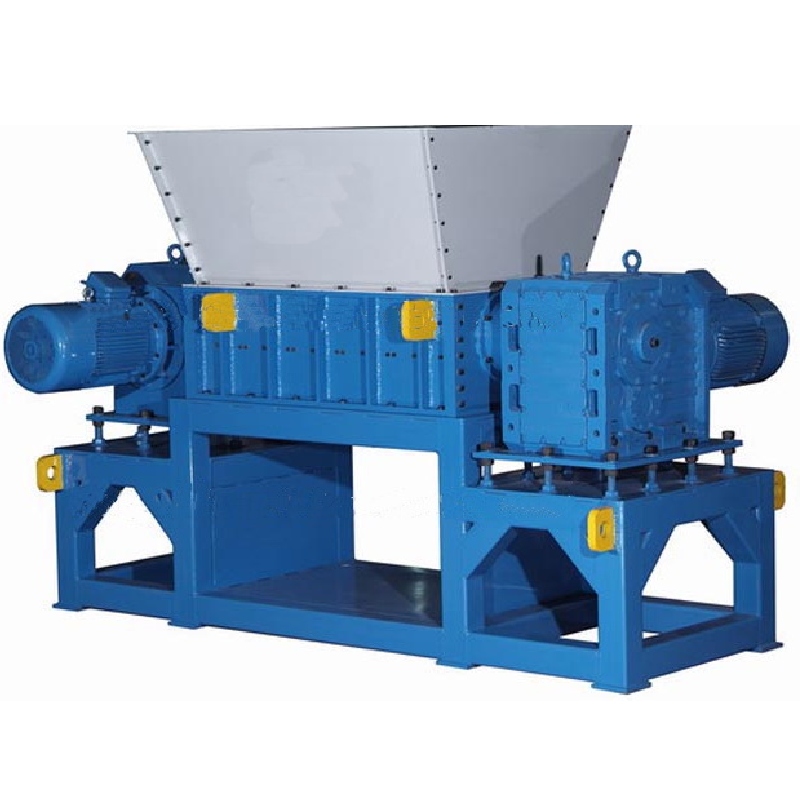

نويابىر . 01, 2024 07:25 Back to list
The Importance of Iron Scrap Recycling Plants
Iron scrap recycling plays a crucial role in the sustainability of industrial practices and environmental protection. In a world where natural resources are finite and pollution levels are rising, establishing iron scrap recycling plants is essential to reclaim valuable materials while minimizing waste. These facilities not only contribute to the economy but also help in reducing the carbon footprint associated with iron production.
Iron is one of the most widely used metals, primarily found in construction, manufacturing, and transportation. However, the extraction of iron ore from the earth is an energy-intensive process that significantly contributes to greenhouse gas emissions. Recycling iron scrap mitigates this problem by reintroducing recovered materials back into the production chain. Through a process that involves shredding, sorting, and melting scrap iron, recycling plants can produce high-quality raw materials suitable for new steel and iron products.
The operational process of an iron scrap recycling plant begins with the collection of iron scrap from various sources, including industrial waste, demolition sites, and discarded appliances. Once collected, the materials undergo sorting to separate iron from non-ferrous metals and other contaminants. This step is crucial as it enhances the purity of the recycled iron, making it more valuable and effective for manufacturing purposes.

After sorting, the iron scrap is shredded into smaller pieces to facilitate easier melting. The shredded scrap is then fed into electric arc furnaces, where high temperatures melt the material. This melting process requires significantly less energy than producing iron from raw ore, making recycling a more environmentally friendly option. Additionally, the energy savings from recycling can lead to a decrease in production costs, making it economically advantageous for manufacturers.
Furthermore, iron scrap recycling plants contribute to job creation and economic development. They provide employment opportunities for a diverse workforce, from collection and processing to administrative and engineering roles. Moreover, the recycled materials can be sold to steel mills and manufacturers, bolstering local economies.
The environmental benefits of iron scrap recycling are profound. By recycling iron scrap, we divert a substantial amount of waste from landfills, reducing the environmental impact associated with waste disposal. It also lowers the need for mining new iron ore, which can lead to habitat destruction and increased pollution. In essence, every ton of recycled iron reduces carbon emissions by up to 1.5 tons when compared to traditional iron production methods.
In conclusion, iron scrap recycling plants are vital not only for resource recovery but also for ensuring a sustainable future. By conserving energy, reducing waste, and promoting economic growth, these facilities represent a critical step toward a circular economy. As the demand for iron remains steadfast, the emphasis on recycling will continue to grow, helping to protect our planet while fulfilling industrial needs. Embracing iron scrap recycling is not just an option; it is a necessity for a sustainable tomorrow.
Latest news
Troubleshooting Common Eddy Separator Problems
NewsJul.04,2025
The Role of Metal Recycling Plants in Circular Economy
NewsJul.04,2025
The Impact of Recycling Line Pickers on Waste Management Costs
NewsJul.04,2025
Safety Features Every Metal Shredder Should Have
NewsJul.04,2025
How Industrial Shredders Improve Waste Management Systems
NewsJul.04,2025
How Cable Granulators Contribute to Sustainable Recycling
NewsJul.04,2025